VCU Monroe park Campus, near the Compass plaza.
Located in Richmond, Virginia, Virginia Commonwealth University (VCU) is a public research university founded in 1838 as the medical department of Hampden–Sydney College. The college became the Medical College of Virginia (MCV) in 1854. In 1968, the Virginia General Assembly merged MCV with the Richmond Professional Institute (RPI), to create what is today's Virginia Commonwealth University. This history is embedded into VCU’s seal, which consists of the iconic Egyptian building and the two schools’ names.
Today VCU consists of 13 schools and one college, and The VCU Health System supports the university's health care education, research and patient care. VCU also has an independent campus in Doha, Qatar, mainly hosting art and design bachelor degree educations.
VCU provides degrees for more than 31,000 students. Around 85% of the students are in-state, 9% are out-of state, and 6% are international. VCU is one of the public universities to have the highest percentage of non-White students in the United states. Demographically, other than international students, the student body is 51% white, 15% African American, 12% Asian, and 7% Hispanic. Recent years have also seen an increase in the number of Chinese international students, as the university is actively expanding the enrollment to east Asia, and setting up exclusive staffs for Asian international student affairs. There are around 400 Chinese students and visiting scholars at the university as of 2016.
VCU Student Commons building.
VCU is designated as "R1: Doctoral University - Highest Research Activity" by the Carnegie Classification of Institutions of Higher Education. According to the 2016 U.S. News & World Report, VCU is classified as a Tier 1 University with an overall national rank of No. 156, and No. 84 among all public colleges and universities. Virginia Commonwealth University School of the Arts (VCUarts) is ranked as the No. 1 public university school of arts and design in the country (and tied as No. 2 among public & private institutions) by U.S. News & World Report in 2017. The VCU Brandcenter (the School of Business' graduate program) in advertising has also been ranked first in the nation by Creativity Magazine. VCU's Masters of Science in Health Administration program was ranked second by Modern Healthcare. The University's Health System has twice been named one of the Solucient Top 100 Hospitals in the United States by Solucient Corporation. VCU's athletic teams compete in Division I of the NCAA and are collectively known as the VCU Rams. They are members of the Atlantic 10 Conference.
VCU has two main campuses in Richmond: the Monroe Park Campus, located west of downtown Richmond, and the MCV Campus in the urban center. VCU campuses take up a significant part of Richmond city, and the students make up around 15 percent of the city’s population.
Monroe Park Campus, blended into the city blocks.
Named after the city park, the 90.6-acre Monroe Park Campus houses most of VCU's general education facilities, and is situated on the eastern end of the Fan district. Prior to the merger of the Richmond Professional Institute and the Medical College of Virginia, the campus was the home to the entire Richmond Professional Institute. The campus has a mix of modern and vintage buildings, with over 40 structures built before 1900.
Franklin Street VCU section. Including Office of The Vice President.
For sightseeing visitors and the aesthetic eyes, The VCU section of Franklin Street can provide a scenic walk. The section begins at the intersection of Franklin Street and Belvedere Street, and ends at the intersection of Franklin Street and North Harrison Street. It connects to the beginning of Monument Avenue. The half-mile walk features Monroe Park, garden landscapes, trees, historic and stylish buildings, churches, the House of the University President, and the Anderson Gallery. Anderson Gallery hosts student and faculty shows year round, including the VCUarts’ thesis exhibitions. It is one of the best place to experience the highlights of VCUarts.
Pollak building, a rare Blutalist example in Richmond.
The Pollak Building, located on North Harrison Street, was named for VCUarts founder Theresa Pollak in 1971. It hosts the headquarter of VCUarts, and several design programs. Pollak Building is one of the hidden architectural gems in Richmond, being one of the few Brutalist buildings in the city. Pollak building also has a rooftop garden where visitors can enjoy the surroundings of sunshines, vegetations, and the panoramic view of Monroe Park Campus.
ICA under construction in 2017.
First image shows ICA office alongside with the Depot, a building converted from a train station.
The Institute for Contemporary Art (ICA), build by Steven Holl and associates, is planned to open in 2017. ICA is located at an important crossroads corner location of Belvidere Street and Broad Street, leading the city’s Art District area development. Aimed as the city’s most significant noncollecting contemporary art museum with an international reputation, ICA will not only boosts VCU’s, but also Richmond’s reputation in contemporary art exhibitions. It is also a symbolic link between Monroe Park Campus with MCV Campus.
VCU James Branch Cabell Library. A building influenced by Neoclassical architecture (before renovation).
After the 2016 renovation, James Branch Cabell Library becomes one of the largest libraries in Virginia. The library has extensive and comprehensive collections in art, science, business, editorials, local documents, and many other fields. It has one of the largest book art collections and the fifth largest graphic novel and comic book collections in the United States. The libraries hosts 2.16 million visitors each year, it is also open to public during daytime hours.
Monroe Park before renovation.
Monroe Park itself is the oldest city park in Richmond city, founded in 1851. It marks the east end of the historical Fan district — a historic, late 19th-century neighborhood adjacent to downtown Richmond. Monroe Park is a 7.5 acres park in pentagonal shape, surrounded by VCU residence halls, VCU da Vinci center, Altria Theatre, and several churches. The park is currently under renovation, to improve its lighting and other public facilities. It is planned to reopen in 2018.
The exotic Altria theatre.
Altria theatre is located next to Monroe Park. Originally built for Shriners of the Acca Temple Shrine in 1927, the building stands itself out from the surroundings with the exotic, castle-like middle-east architecture style, and luxury decorations. It was acquired by Richmond city in the 1940s, and became a theatre in 1995. Other than hosting musicals, concerts and comedies, the theatre also hosts various VCU events including graduation ceremonies.
The Fine Arts Building, located in Broad Street, is a massive building hosting the departments of Craft and Material Studies, Kinetic Imaging, Painting and Printmaking, and Sculpture and Extended Media. It frequently features public large-scale installations, live musics, seminars and conferences from students, faculties and visiting artists.
The Stuart C. Siegel Center, also in Broad Street, is the home court of the VCU basketball teams.The 7500-seat arena was opened in 1999, and has witnessed a 85 percent home court winning. The NCAA basketball games are popular local events, while the site is also used for volleyball games and concerts.
Additional Gallery
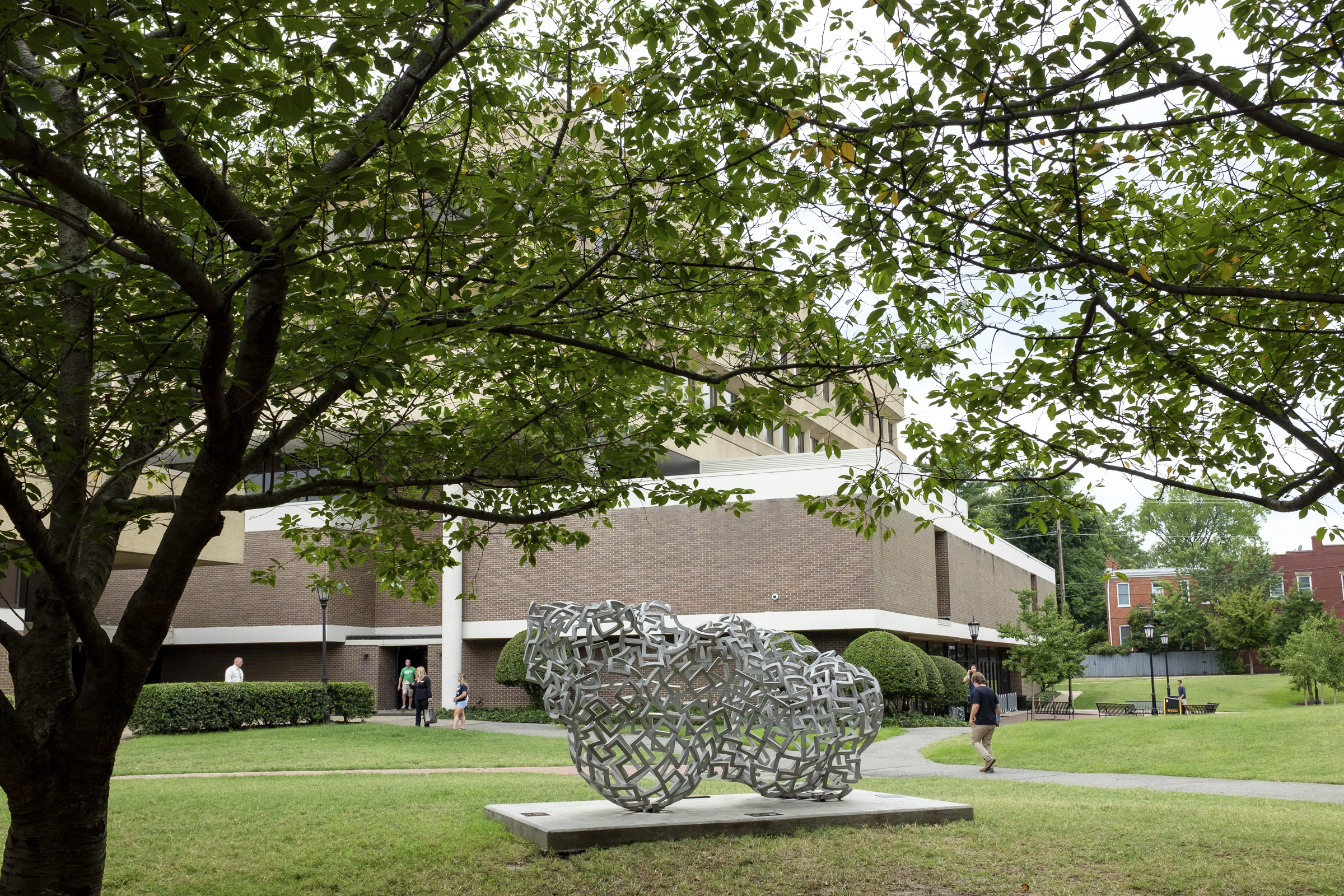
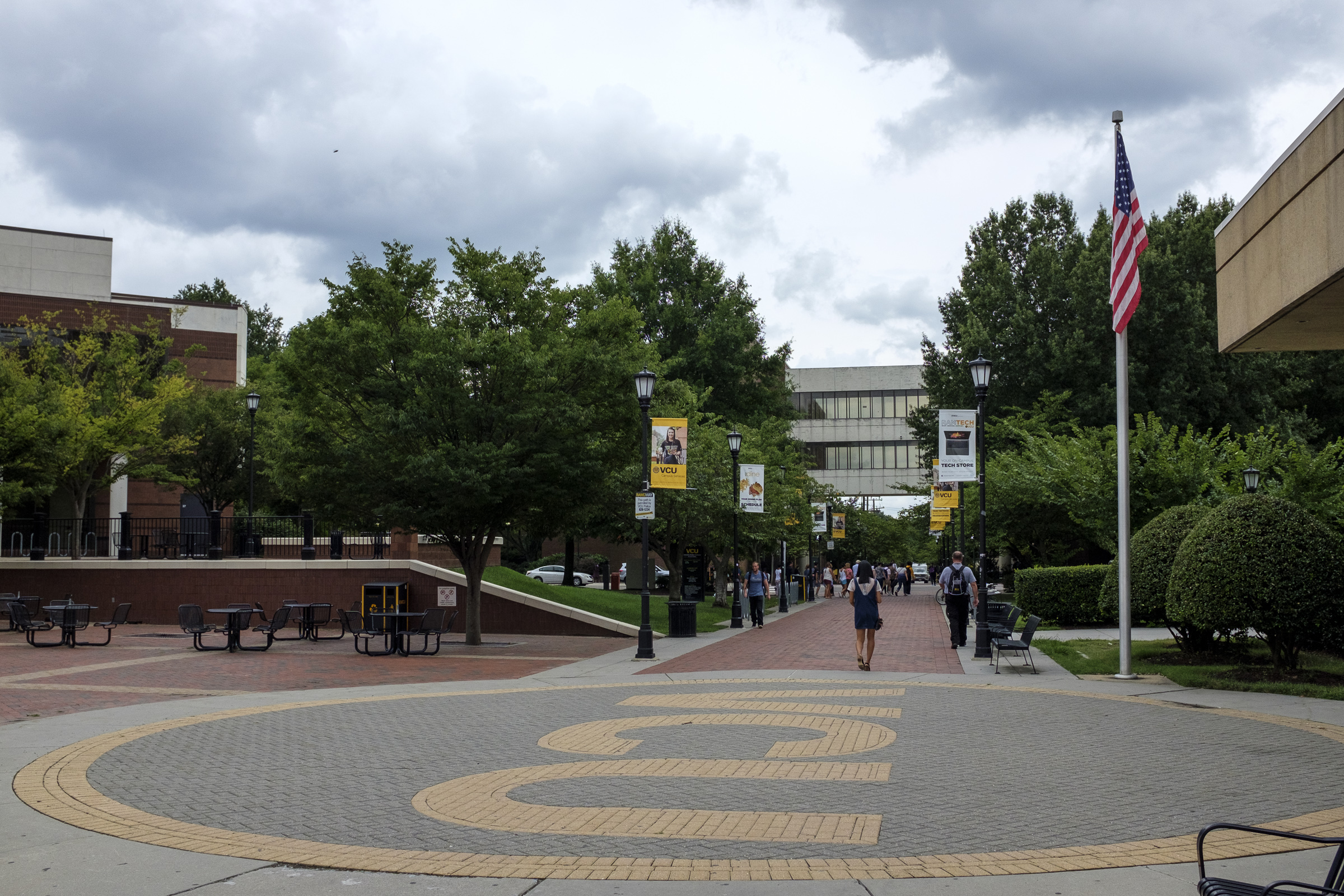
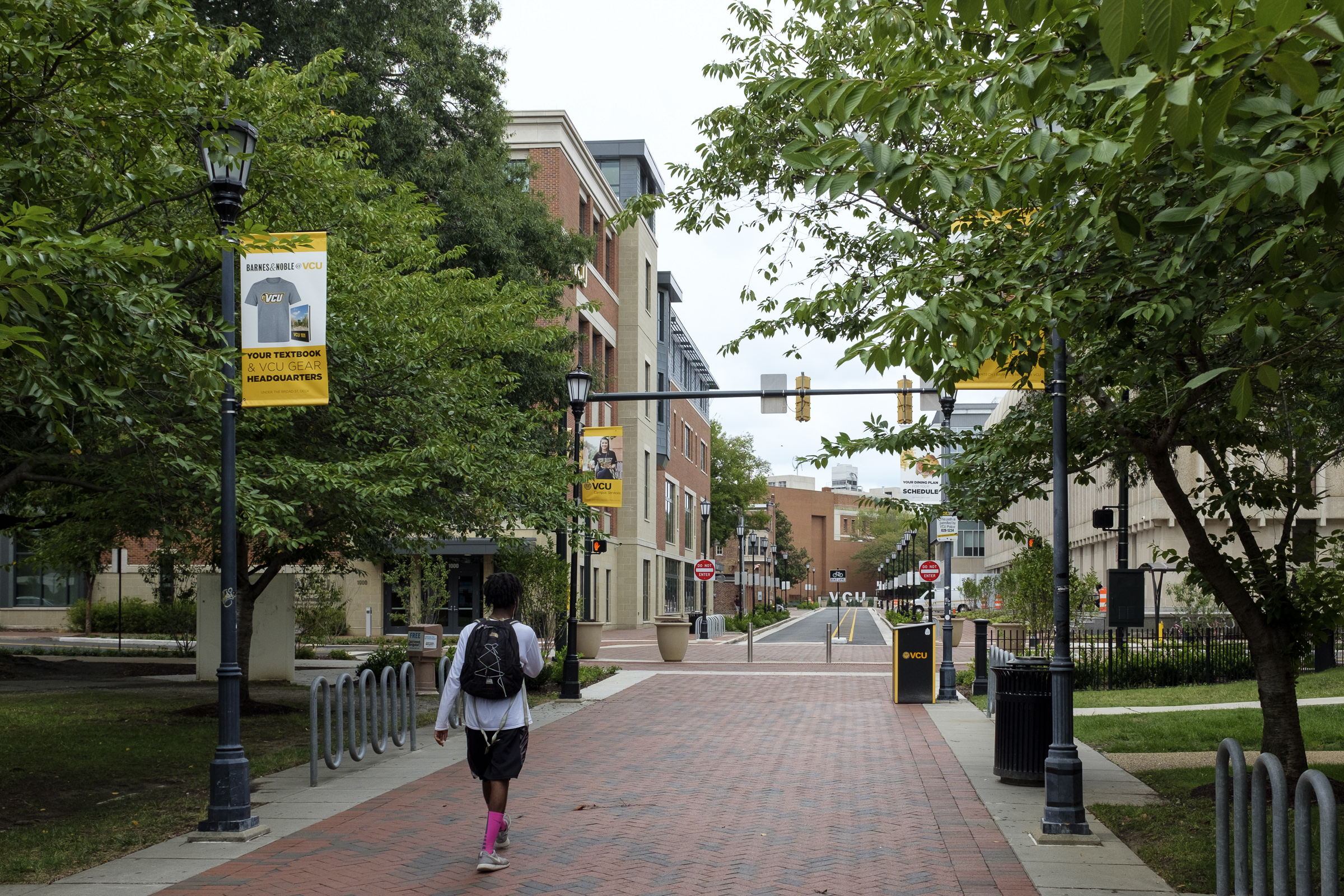
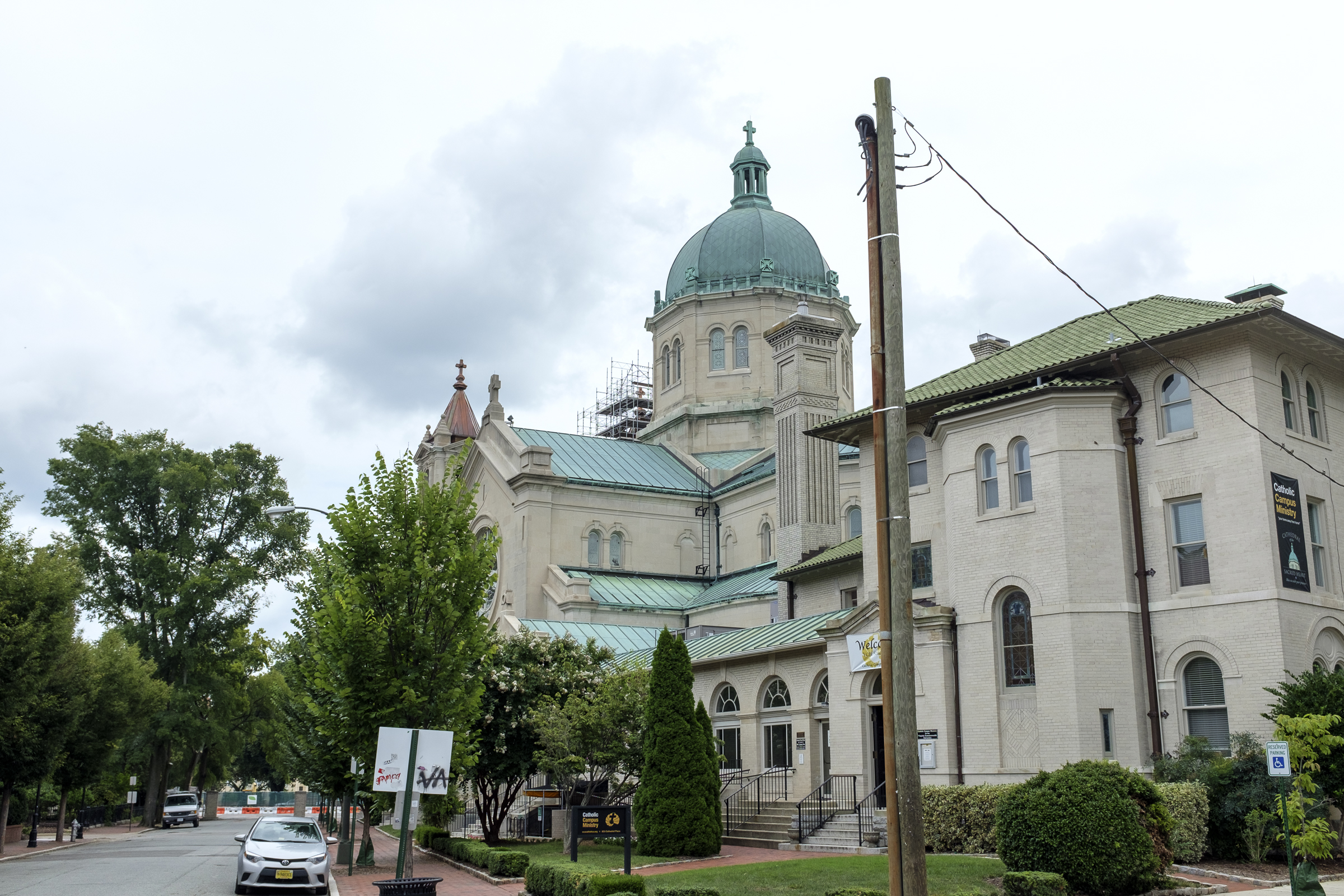

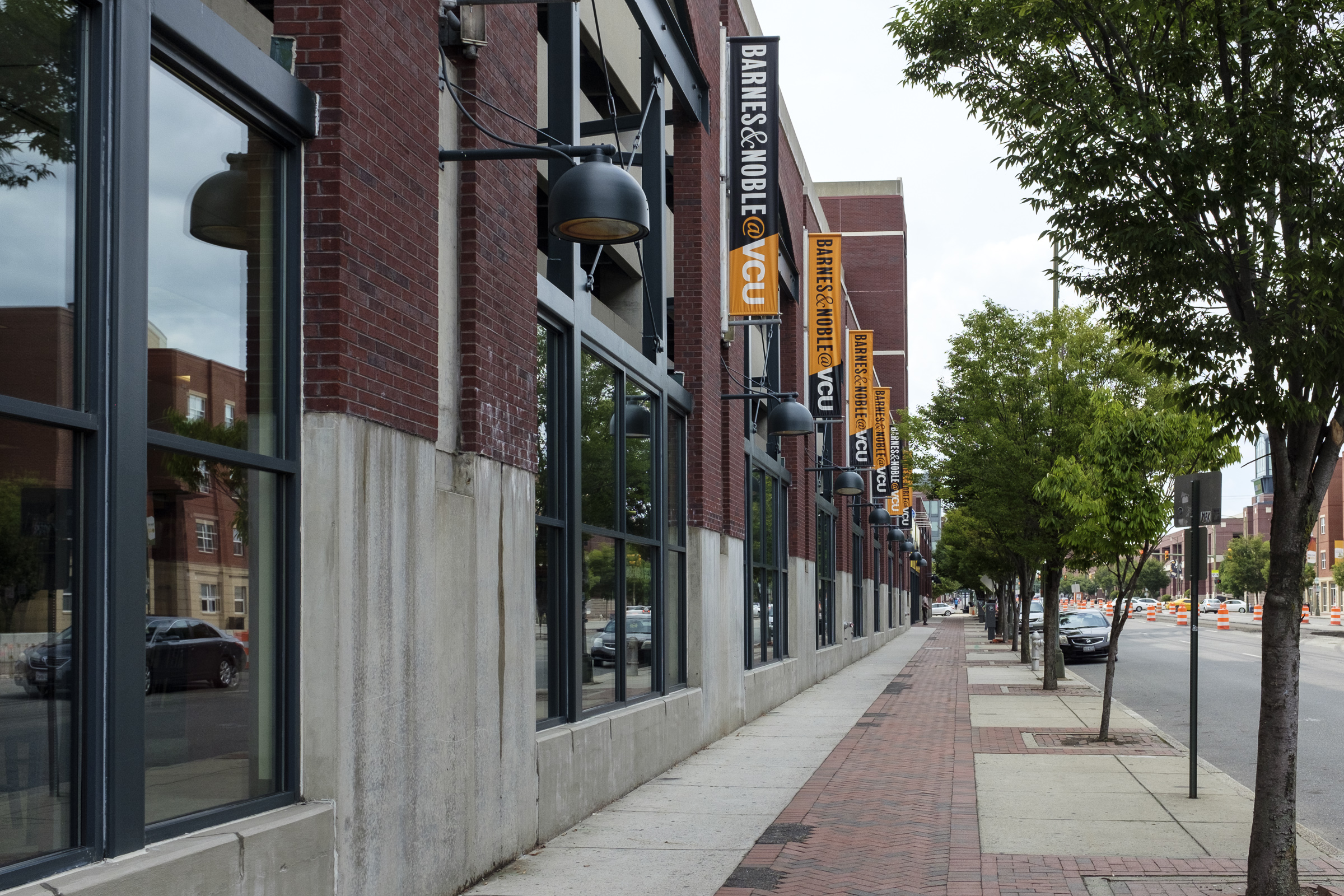
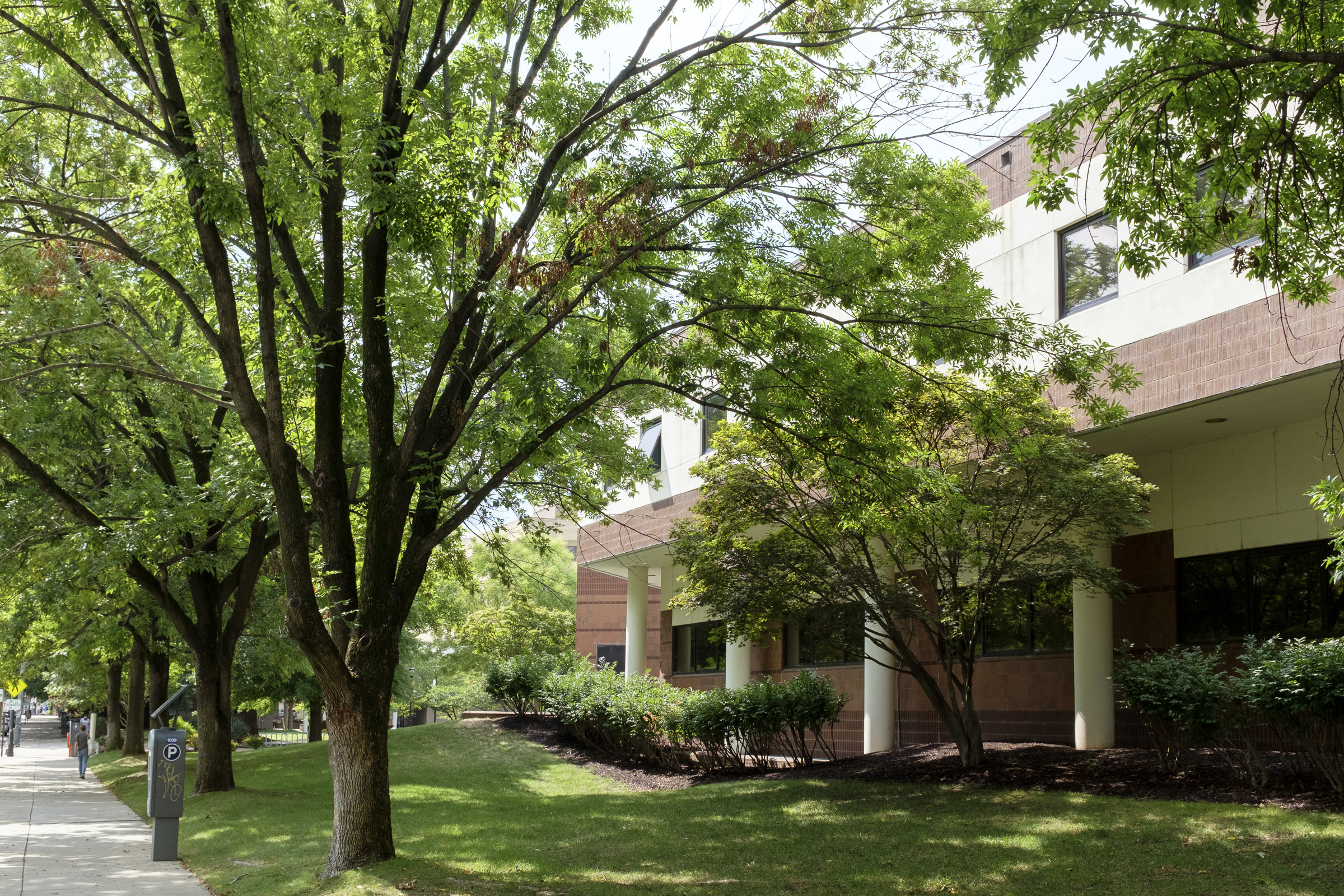
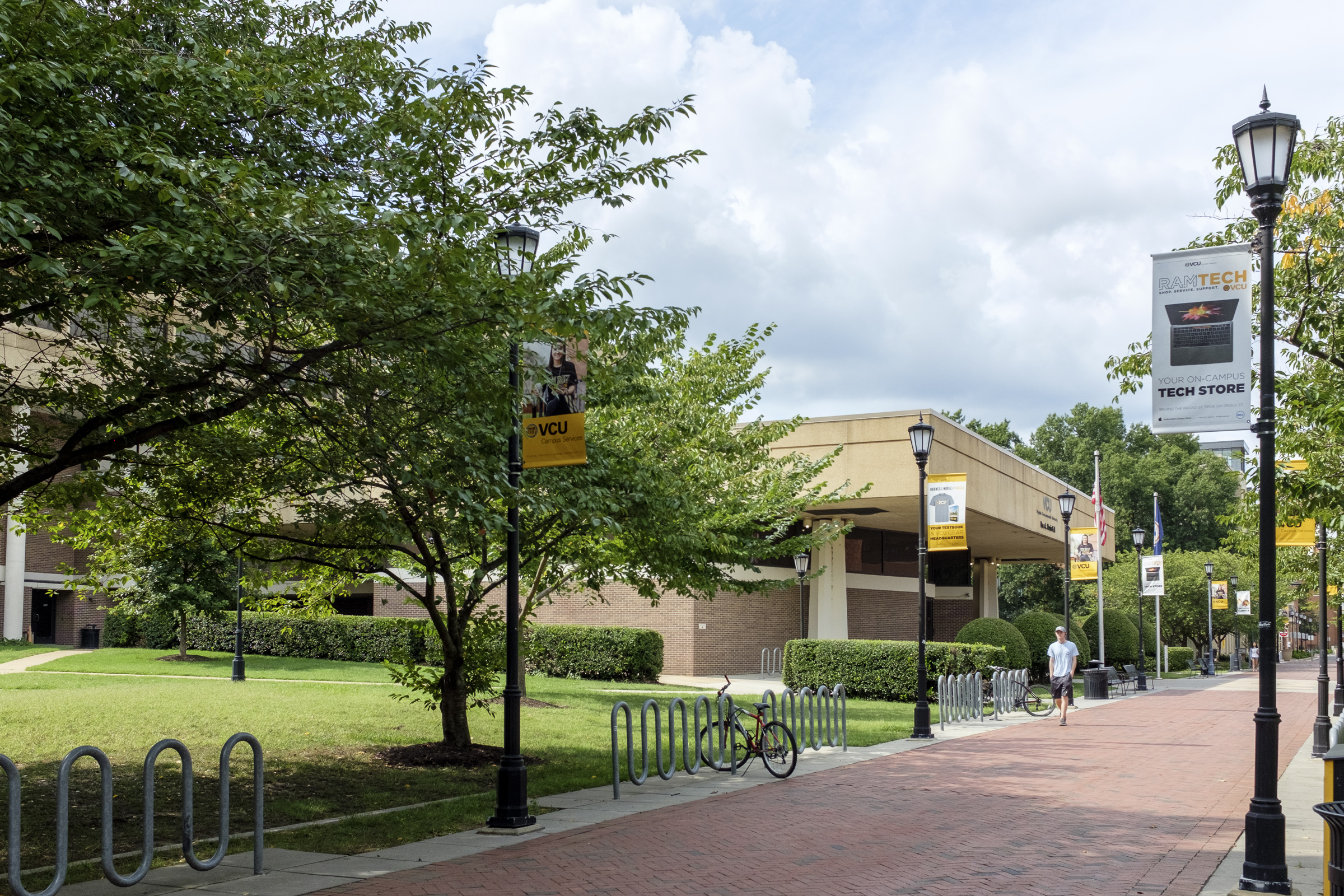
Location:
Virginia Commonwealth University
Richmond, Virginia 23284
VCU Student Commons:
907 Floyd Ave, Richmond, VA 23284
Contact:
(804) 828-0100
Website:
http://www.vcu.edu



























































































